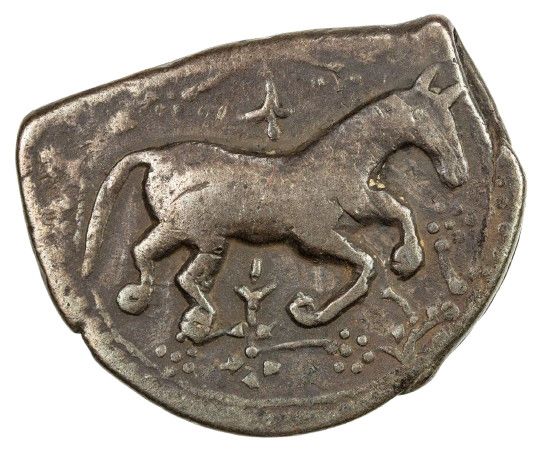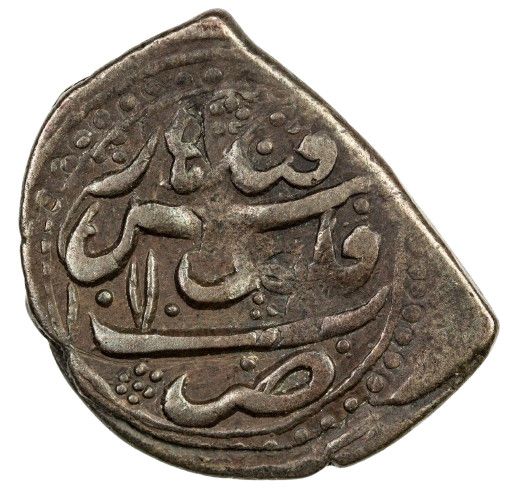Qandahar, City of 1 Falus (Qandahar)
Introduction
The Qandahar 1 Falus copper coin, minted in the City of Qandahar between 1660 and 1669, holds a significant place in numismatic history. This coin's unique features and historical context make it a sought-after collectible among numismatists and historians alike.
Historical Background
Issued by the City of Qandahar, this coin reflects the region's rich history and economic activity during the late 17th century. Qandahar, known for its strategic location along ancient trade routes, minted coins to facilitate local and international trade.
Coin Images
 Obverse
Obverse
 Reverse
Reverse
Design Features
The obverse of the coin showcases a striking design of a horse galloping right. This depiction symbolizes strength, freedom, and movement, reflecting the vitality of the region during that era. The reverse side may feature inscriptions or ornamental motifs, indicative of the issuing authority's identity.
Technical Specifications
Weighing 9.24g and composed of copper, the Qandahar 1 Falus coin has a diameter and thickness typical of coins from that period. The detailed craftsmanship and precision evident in its design highlight the skill of the minters responsible for its production.
Collectible Value
Due to its historical significance and unique horse motif, the Qandahar 1 Falus copper coin holds both intrinsic and collectible value. Its rarity, age, and design make it a prized addition to any numismatic collection. Market demand and availability may influence its current value.
Conclusion
In conclusion, the Qandahar 1 Falus copper coin stands as a testament to the artistry and economic activity of the City of Qandahar during the 17th century. Its depiction of a galloping horse, coupled with its historical background, elevates its desirability among collectors and enthusiasts. Owning this coin not only adds a piece of history to one's collection but also serves as a tangible link to a bygone era of trade and craftsmanship.

